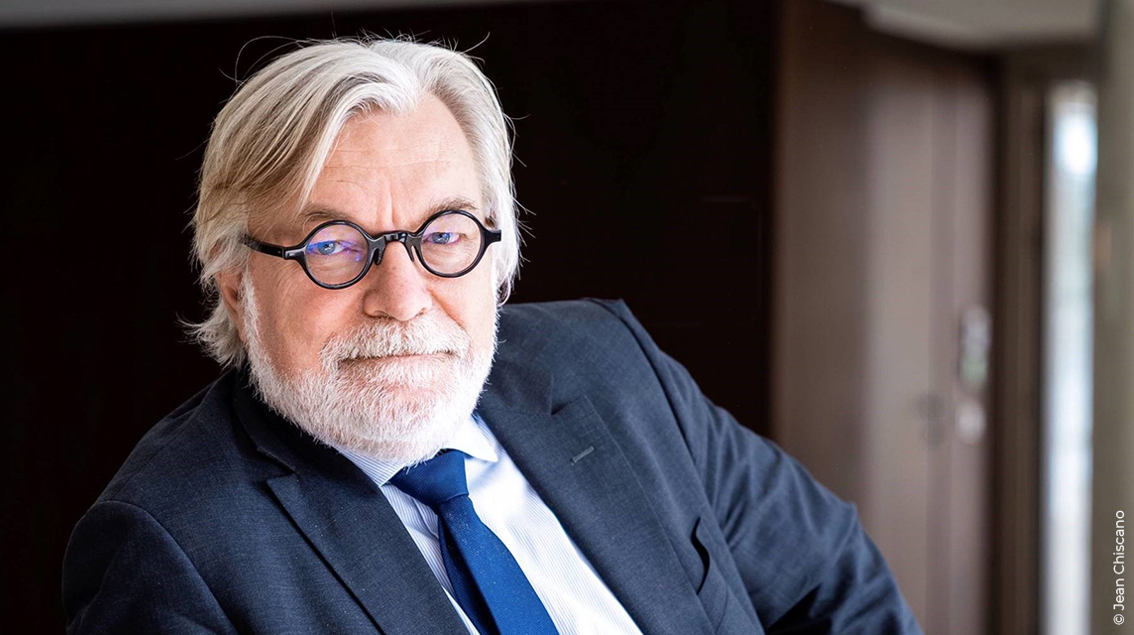After this week-end speeches by Mario Draghi and Benoit Coeuré, a lower euro exchange rate is expected. They said that the ECB monetary policy will probably become more accommodative (see here my yesterday’s post). Such a move for the euro currency would be welcomed as it could be a boost for exporters and a trigger for production.
The current scenario on the Euro Area is that recovery will come from outside. Internal demand momentum is still weak and cannot drive a rapid growth recovery. A higher competitiveness could push exports higher, improving then the economic outlook via a spillover on production and demand. A weaker euro could also reduce the imported disinflation. That could limit risks for deflation. In other words, a weaker euro would have a lot of virtues.
Nevertheless, looking at the euro area situation, there are two opposite arguments on euro.
The first relies on monetary policies’ expectations between the ECB and the Fed. This could lead to a weaker European currency. On the other side, an expanding current account surplus pleads for a strong currency.
Monetary policies’ expectations are taken here as the implicit two-year rate in one year on government bonds. The chart below shows the consistency between the euro dollar exchange rate and the spread of this implicit interest rate (2 year in 1 year) between the Euro Area and the USA
If we consider that causality goes from policy expectations to exchange rate, then, as it is shown on the chart, the euro can be expected to go lower (around 1.25).


We did that in France in the 90’s. It was the episode of “Franc fort”. The currency is no longer the adjustment variable as it has been often expected in France. The exchange rate becomes a constraint that will condition behaviors and economic policy. That’s not an easy trajectory but this could lead to a productivity revival which at the end will benefit to jobs and internal demand.


